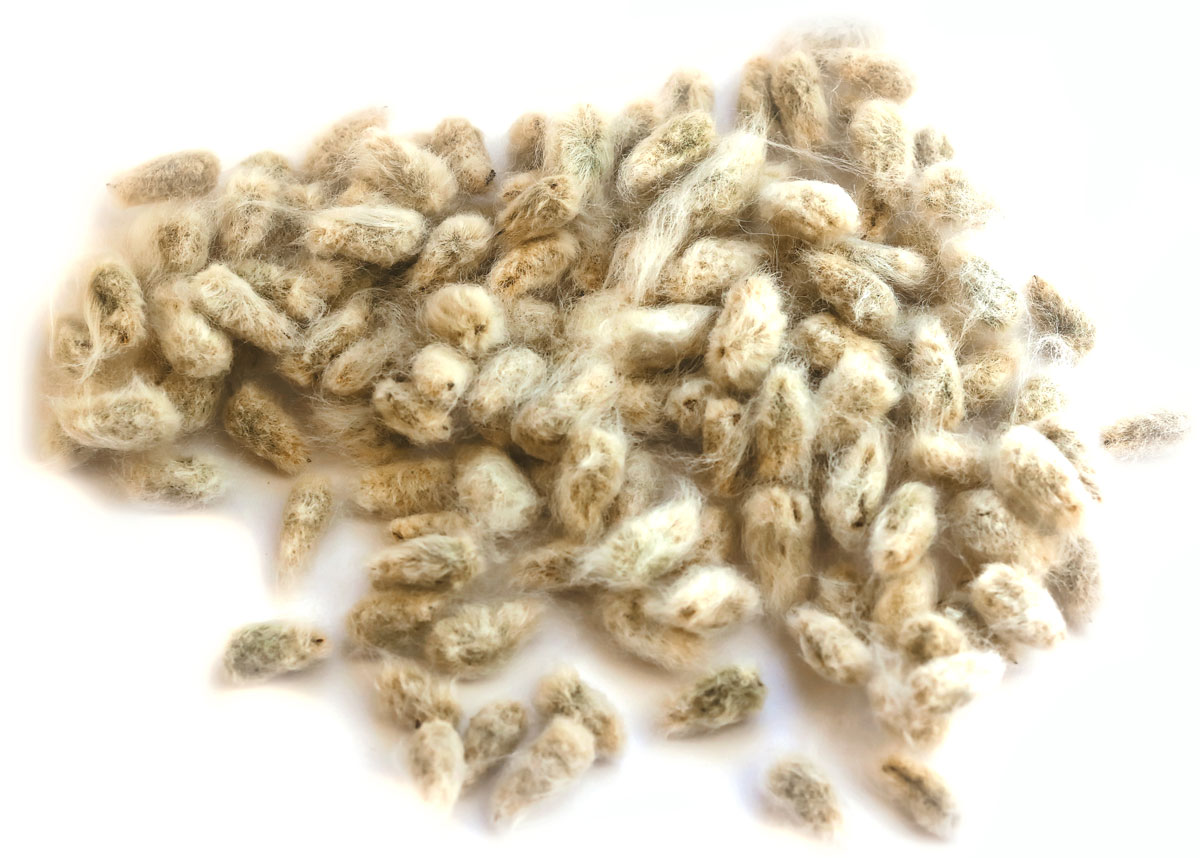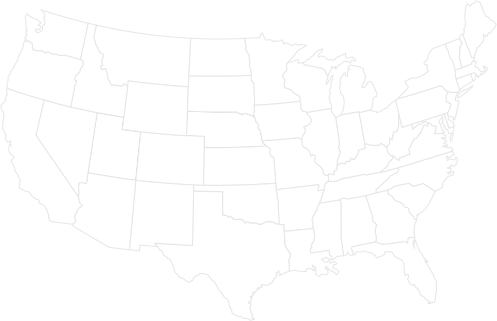Benefits Of Feeding Whole Cottonseed
Whole cottonseed is a triple-nutrient feed ingredient, containing protein, available fat and effective fiber.1 This unique composition is especially valuable in cattle diets, making it a sought-after feedstuff for dairies, ranches and feedlots across the U.S.
One Feed Ingredient.
Three Key Nutrients.
01 FAT
Helps improve body condition, which is vital for successful breeding.2
02 PROTEIN
Supports muscle growth, animal development and lactation.3
03 FIBER
Supports rumen function and digestive health.4

Cottonseed Components
The seed’s kernel is the source of its energy and protein. Its fiber is found in the short, white, hair-like strands, called linters, that remain on each seed following ginning. These tiny linters are the reason whole cottonseed is often referred to as “fuzzy.” This fuzz is not residual cotton lint, but rather cellulose, a highly effective source of fiber.
Why Whole Cottonseed?
Three Key Nutrients In One: Compared with other commonly available protein supplements, whole cottonseed is unique because it also supplies high levels of energy and fiber.5
Higher Milk Production and Butterfat: In trial after trial, whole cottonseed has been proven to increase both milk production and milk fat when added to dairy cow rations.6
Beneficial for Beef Cattle: Cotton byproducts, including whole cottonseed and cotton gin trash, are an effective source of fiber, fat and protein in feedlot rations without adverse effects on performance or carcass characteristics.7
Improved Body Condition: Research has shown that the fat in whole cottonseed improves body condition, which can lead to better reproductive performance.2
Highly Digestible: Whole cottonseed is highly digestible since its energy is primarily from fat. If fed at a reasonable level, it will not interfere with forage digestion the way starch in corn can.8,9
Widely Available: Since whole cottonseed is a byproduct of the cotton ginning process, it is widely available and often competitively priced.
Forage Extender: Whole cottonseed functions as an excellent high-fiber forage extender, especially if forage quality is a concern.7
Hay Supplement: Can be used to supplement poor quality grass hay for pregnant and nursing cows to supply energy and protein.5
Nutrient Values For Whole Cottonseed10
- Dry Matter 90.1%
- Crude Protein 23.5%
- Crude Fat 19.3%
- Crude Fiber 23.7%
- NDF 50.3%
- Ash 4.2%
- Calcium .17%
- Phosphorus .6%
- Magnesium .37%
- Potassium 1.13%
- Sodium .002%
- Chloride .006%
- Sulfur .23%
- Copper, ppm 7
- Iron, ppm 94
- Manganese, ppm 18
- Zinc, ppm 37
- Molybdenum, ppm 1.3
*Values are on a dry matter basis.
Connect With A Seller Near You
Sourcing whole cottonseed is direct and simple with the Cottonseed Marketplace, an easy-to-use connection point for buyers and qualified sellers.
Cottonseed Marketplace
Click your state or a state near you to see a list of cottonseed suppliers that serve your area.
1Kellogg, D.W., Pennington, J.A., Johnson, Z.B. and Panivivat, R. (2001). Survey of management practices used for the highest producing DHI herds in the United States. J. Dairy. Sci. Vol. 84, Supplement, E120– E127. doi:10.3168/-jds.S0022-0302(01)70206–8.
2Comerford, J.W. (2014). Added fat in the ration of beef cows to enhance reproduction. Pennsylvania State University.https://extension.psu.edu/added-fat-in-the-ration-of-beef-cows-to-enhance-reproduction.
3Parish, J. (2009). Protein requirements of beef cattle. Mississippi State University Extension. https://extension.msstate.edu/sites/default/files/topic-files/cattle-business-mississippi-articles/cattle-business-mississippi-articles-landing-page/mca_apr2009.pdf
4Parish, J. (2022) Fiber in beef cattle diets. Mississippi State University Extension website. https://extension.msstate.edu/sites/default/files/publications/publications/P2489_web.pdf.
5Stewart, L. and Rossi, J. (2010). Using cotton byproducts in beef cattle diets. Bulletin 1311. The University of Georgia and Ft. Valley State University, the U.S. Department of Agriculture and counties of the state cooperating. http://cottonpickin.tamu.edu/General%20Production/Georgia%20Cotton%20Byproducts%20for%20Beef%20Cattle%20B%201311_2.pdf.
6DePeters, E. J., Taylor, S. J., Franke, A. A., Aguirre, A. (1985). Effects of Feeding Whole Cottonseed on Composition of Milk. J. Dairy Sci. Vol. 68, No. 4, pp. 902. https://www.sciencedirect.com/science/article/pii/S0022030285809073
7Warner, A.L., et al. (2020). Effects of utilizing cotton byproducts in a finishing diet on beef cattle performance, carcass traits, fecal characteristics, and plasma metabolites. Am. Soc. of Anim. Sci. Vol. 98, issue 2, doi:10.1093/jas/skaa038.
8Horner, J.L., et al. (1988). Effects of niacin and whole cottonseed on ruminal fermentation, protein degradability, and nutrient digestibility. J. Dairy Sci. Vol. 71, no. 5, pp. 1239–1247., doi: 10.3168/jds.S0022-0302(88)79679-4.
9Lardy, G. (2018). Feeding corn to beef cattle. North Dakota State University. https://www.ag.ndsu.edu/PUBLICATIONS/livestock/feeding-corn-to-beef-cattle.
10National Research Council (2001). Nutrient Requirements of Dairy Cattle: Seventh Revised Edition, 2001. Washington, DC: The National Academies Press. https://doi.org/10.17226/9825.

